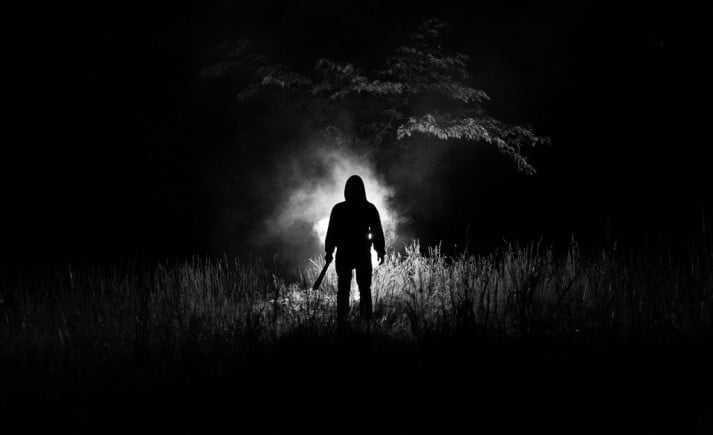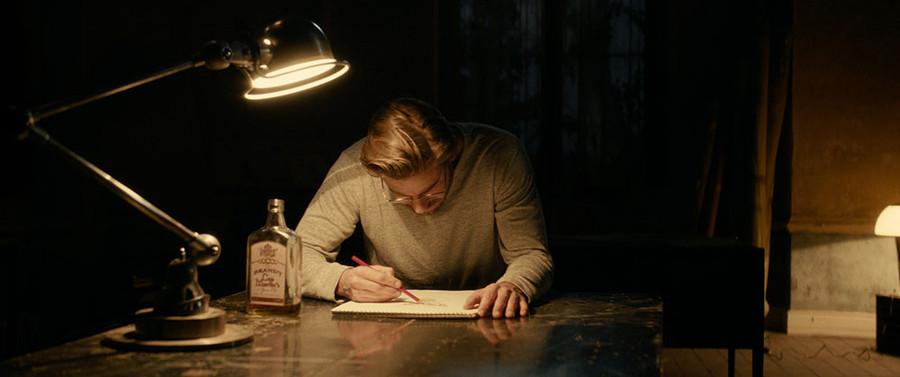Don’t Be Alone
Horror movie tip: never split up. Monsters, murderers, and creeps have it easier when they can divide and conquer.
Real world parallel: trying to better your fitness by yourself is harder than with a good support group.
64
503 reads
CURATED FROM
IDEAS CURATED BY
The idea is part of this collection:
Learn more about personaldevelopment with this collection
Navigating and enjoying the thrill of horror and scare experiences
Historical knowledge of Halloween and its origins
Understanding and appreciating Halloween traditions worldwide
Related collections
Similar ideas to Don’t Be Alone
Be A Skeptic
Horror movie tip: Monsters can be deceptive, wearing disguises and playing dead, and lure you into a trap. Be a skeptic and think carefully before taking potentially dangerous actions.
Real world parallel: remain a skeptic when trying to get healthy.
Complaining Will Get You Nowhere
Horror movie tip: characters whose main response to challenges are panicking, crying about it or giving up are annoying and make themselves easier prey.
Real world parallel: In life, you’re gonna think thi...
Training Brains, Technique And Strength
Horror movie tip: the unintelligent and unprepared often die in movies, so get smarter, train yourself and learn how to use tools and new skills.
Real world parallel: take a tactical approach to both your training and your behavior. Train functiona...
Read & Learn
20x Faster
without
deepstash
with
deepstash
with
deepstash
Personalized microlearning
—
100+ Learning Journeys
—
Access to 200,000+ ideas
—
Access to the mobile app
—
Unlimited idea saving
—
—
Unlimited history
—
—
Unlimited listening to ideas
—
—
Downloading & offline access
—
—
Supercharge your mind with one idea per day
Enter your email and spend 1 minute every day to learn something new.
I agree to receive email updates



